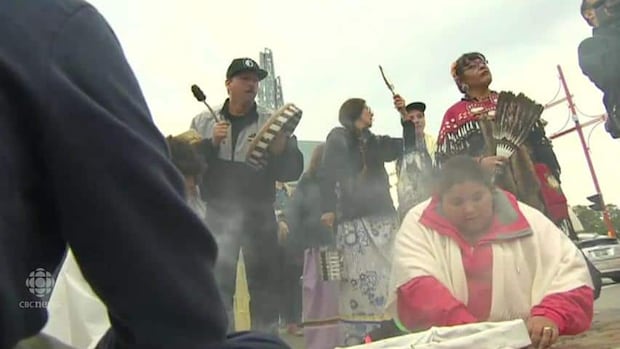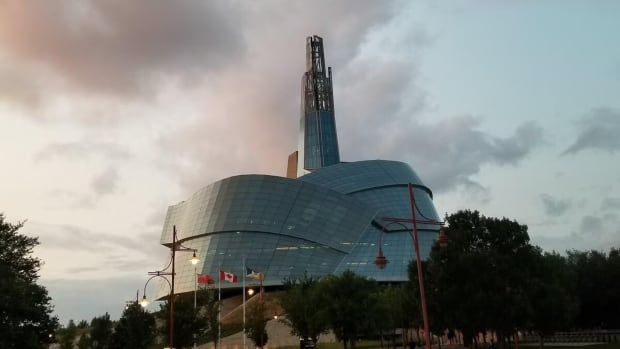
Whether the words are spoken inside or outside the building’s walls, the Canadian Museum for Human Rights has been a home to difficult conversations for a decade — the Winnipeg landmark celebrated its 10th anniversary last week.
“It’s given us a time to look back on the decade behind us, to realize we’ve been on a journey of learning and growth, and to look ahead at the future,” said museum CEO Isha Khan, who’s excited about the milestone anniversary.
The CMHR has been a hotbed of criticism since the shovels hit the ground in 2009, after it was said to be mistreating Indigenous heritage by disregarding the rich archeological heritage of the building site during construction.
The federal museum opened its doors in September 2014 to protest — several groups of Indigenous people demonstrated outside the opening ceremony to bring attention to issues of missing and murdered Indigenous women and girls, water and land rights for Shoal Lake 40 First Nation, and more accurate representation of Indigenous experiences in Canada. The museum didn’t recognize what Indigenous people in Canada went through as genocide until 2019.
Dozens of protesters gathered outside the Canadian Museum for Human Rights on its opening day to bring attention to issues of murdered and missing women, First Nations water rights, the disappearing traditional lifestyle of First Nations and the Palestinian conflict.
Similarly, dozens of Palestinian protesters in 2014 criticized the museum for not featuring them in the museum’s galleries, despite meeting with representatives prior to the grand opening.
Reports of racism
More recently, in 2020, a peaceful protest in support of Black Lives Matter that ended at the Canadian Museum for Human Rights led to allegations of racist policies at the museum.
The CMHR posted photos and expressions of support for the protesters on social media, positioning the museum as an ally. That sparked an outcry from current and former employees who started a social media campaign, #CMHRStopLying.
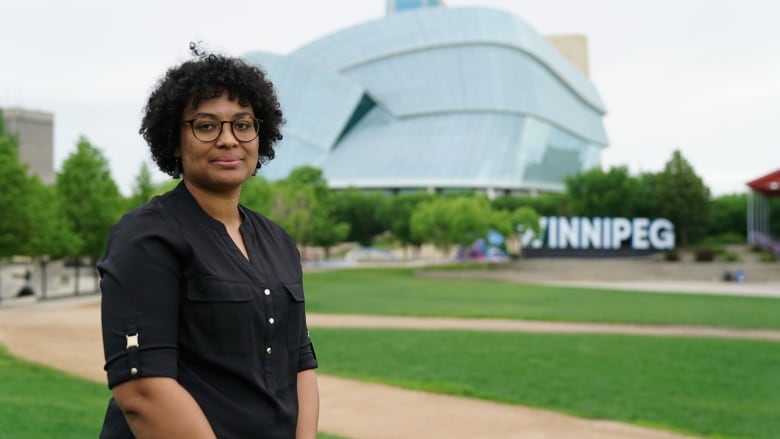
Black and Indigenous employees alleged they were subjected to racism, discrimination, homophobia and sexual harassment and assault at the museum, and demanded accountability from CMHR leadership.
The CBC also learned from former and current museum staff that the museum had directed staff to hide displays of feminist and 2SLGBTQ+ history upon request from religious schools.
A damning external review followed, and found “pervasive and systemic” racism and a toxic culture at the museum.
The stories led to the resignation of CEO John Young, who had already planned to step down when his term finished later that year.
In August 2020, Young was replaced by Khan, the CMHR’s current CEO — the first woman to hold the position on a non-interim basis since the museum opened in 2014.
Khan says building relationships with Indigenous people of this land and learning from elders has inspired the museum to think about human rights through an Indigenous worldview.
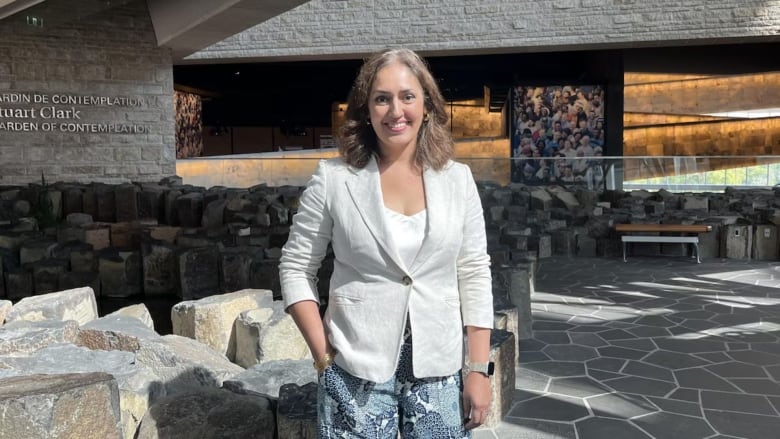
“I think that one of the things that I’m most proud about is the work that we’ve done to better understand our relationships with the first peoples of this land,” Khan said.
In an August 2023 letter to the Assembly of Manitoba Chiefs, the CMHR added its voice to calls to search a landfill for the remains of Indigenous women murdered by Winnipeg serial killer Jeremy Skibicki.
The Assembly of Manitoba Chiefs expressed gratitude for Khan’s letter, saying the museum’s support of a search for Harris, Myran and Buffalo Woman “highlights the deep human rights implications of the situation,” an August 2023 news release said.
Khan says contributing to reconciliation is important for the museum, but it’s more important to contribute to truth telling.
“We do that work alongside community, the truth tellers who entrust us with their stories, and with so many people across this land,” Khan said.
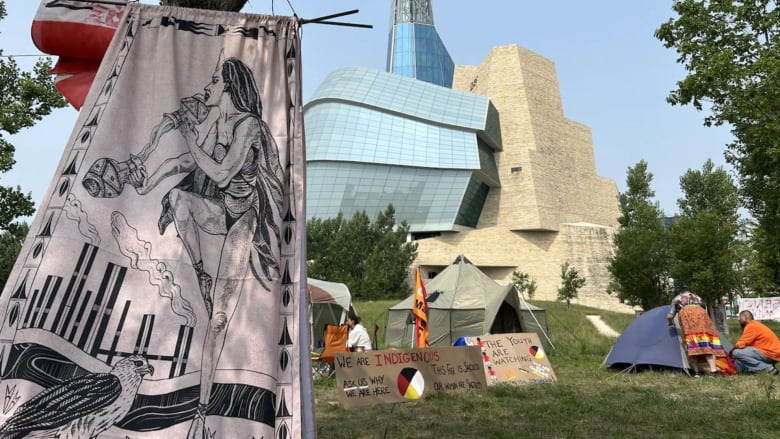
Adele Perry, the director of the Centre for Human Rights Research at the University of Manitoba, says the museum’s early days stand as an example of how mainstream Canadian institutions fail to be fully accountable to Indigenous people.
There are many things institutions do to tick off boxes when it comes to engagement, she said.
“I do think in the 10 years that the museum has existed, there has been changes that are notable,” she said.
“They’re best measured by Indigenous people.”
Perry says the museum’s story is not just about the museum’s choices — it is also the story about what communities do around the museum site.
Perry used the example of Shoal Lake 40 First Nation setting up “museum of Canadian human rights violations tours” near the CMHR in 2014, to educate people on how Shoal Lake 40 First Nation was cut off from the mainland so the city of Winnipeg could use Shoal Lake’s water, while the First Nation itself was under a boil water advisory.
“I think that the museum kind of is an important player in a number of different ways,” she said. “Indigenous communities and allies and others have used it to kind of push Canada as a whole.”
Not only is the site used to advance greater recognition for local struggles, but it’s also become a site where people rally for global struggles, Perry said.
“And that includes right now a number of them, but especially ongoing attacks on Palestine,” she said.
Advances in human rights continue but they’re not easily measurable, Perry said.
“Those kinds of goals are ones that are commitments that people and societies and organizations make over a lifetime.”
